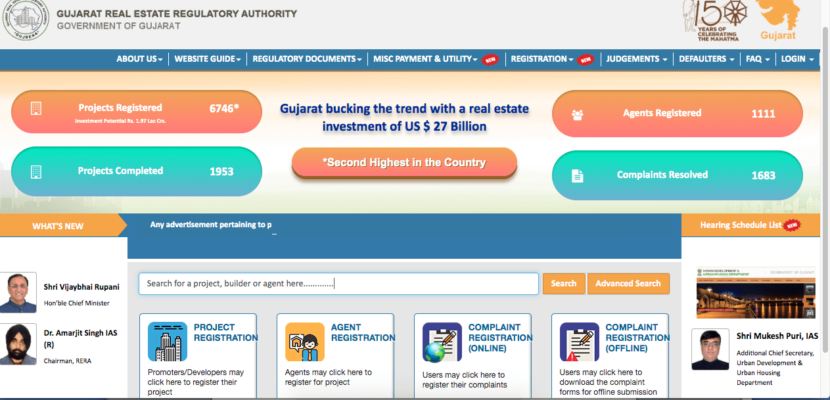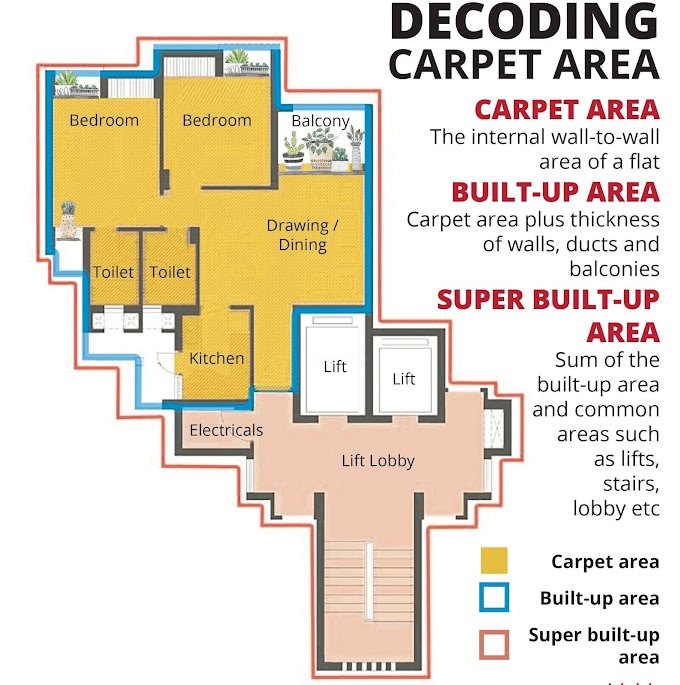The Real Estate (Regulation and Development) Act, 2016 (RERA) is an Act passed by the Indian Parliament. The RERA seeks to protect the interests of home buyers and also boost investments in the real estate sector. The Rajya Sabha passed the RERA bill on March 10, 2016, followed by the Lok Sabha on March 15, 2016 and it came into force from May 1, 2016. 59 of its 92 sections were notified on May 1, 2016, and the remaining provisions came into force from May 1, 2017.
Why is RERA?
For a long, home buyers have complained that real estate transactions were lopsided and heavily in favour of the developers. RERA and the government’s model code, aim to create a more equitable and fair transaction between the seller and the buyer of properties, especially in the primary market. RERA, it is hoped, will make real estate purchase simpler, by bringing in better accountability and transparency, provided that states do not dilute the provisions and the spirit of the central act. The RERA will give the Indian real estate industry its first regulator. The Real Estate Act makes it mandatory for each state and union territory, to form its own regulator and frame the rules that will govern the functioning of the regulator.
The area of a property is often calculated in three different ways – carpet area, built-up area and super built-up area. Hence, when it comes to buying a property, this can leads to a lot of disconnect, between what you pay and what you actually get. According to the RERA, carpet area is defined as ‘the net usable floor area of an apartment, excluding the area covered by the external walls, areas under services shafts, exclusive balcony or verandah area and exclusive open terrace area, but includes the area covered by the internal partition walls of the apartment’.

The Real Estate Act makes it mandatory for all commercial and residential real estate projects where the land is over 500 Sq.Mt., or eight apartments, to register with the Real Estate Regulatory (RERA) for launching a project, in order to provide greater transparency in project-marketing and execution.
The Gujarat government notified the general rules for Gujarat Real Estate (Regulation and Development) rules in May 2017 and ever since, the RERA Gujarat has been in force.

Step 2:
Search for the project, builder or agent you are looking at in the space provided, as shown in the picture below. Suppose you were to search for projects by Adani. Just type ‘Adani’ in the search bar and all the projects that the builder is undertaking will be displayed. It is a better option to type the full name of the project. You can also use the ‘Advanced Search’ option if you know the exact details such as district, address, project area, sub-district, project type, and project specification.
 |
Simply go to the ‘REGISTRATION’ tab on the home page. When you choose ‘PROJECTS’, the search leads you to a table with details of registered projects. Click on any of these as per your choice whether residential, commercial, mixed or plotted developments.
 |
- RERA certificate of the Project.
- Commencement certificate.
- Approved building plan/plotting plan.
- Approved layout plan.
- Performa of sale agreement.
- Land document.
- Approved sect. Plan/infrastructure plan.
- Area development plan.
- PAN card copy of the company.
- Brochure of the current project.
- All NOCs from authorities.
- Performa for sale deed.
- Project photo.
- Project specification.
- Photograph (block/wing/building/floor).




4 Comments
nidhi company rules